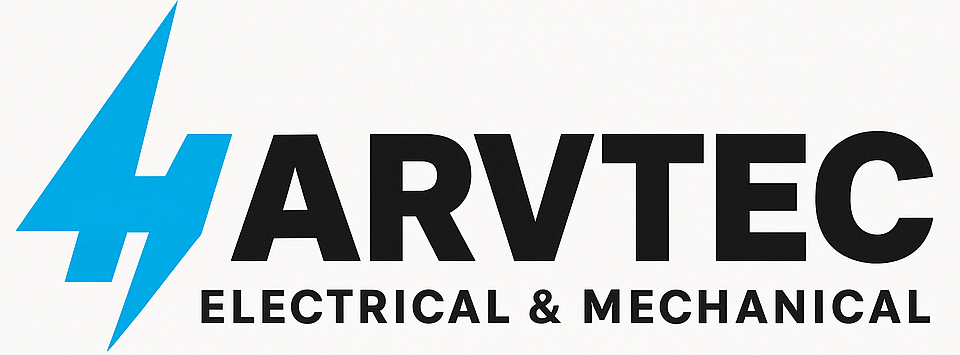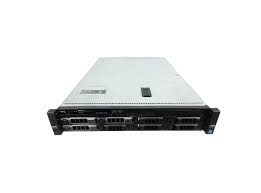After years of pushing hypervisors on repurposed desktops and mid-range rack servers, I decided it was time to step up the game — big time. Enter the Dell Edge Gateway 520, a compact beast purpose-built for edge computing. But let me tell you: this thing is far more than a glorified industrial box. It’s now the brain of my entire virtual machine network — and it’s not even breaking a sweat.
Here’s why this upgrade was worth every penny and how it’s changed the way I run VMs:
1. Edge-Class Performance in a Tiny Footprint
Don’t let the size fool you. The Edge520 packs Intel® Apollo Lake or Atom® CPUs that, when paired with NVMe storage and expanded RAM, deliver consistent low-latency compute power. For edge deployments and test labs like mine, that translates to near-instant spin-up times and rock-solid uptime — no noisy datacenter needed.
My setup includes:
- Intel Atom x7 CPU
- 16GB RAM
- Dual M.2 SSDs (one for OS, one for VM pool)
- Ubuntu Server + Proxmox VE
The result? VMs that boot like bare metal, and zero lag for remote sessions.
2. Low Power, High Efficiency
The Edge520 sips power. We’re talking sub-10W idle and barely 20W under load — and I’ve got multiple VMs running 24/7. That means I can keep my services up — database servers, Home Assistant, web stacks — without driving up the electric bill or melting the cupboard it lives in.
For anyone running off-grid, solar, or just sick of noisy fans and hot rooms — this is your silent sentinel.
3. Built for Harsh Environments, Ideal for Remote Hosting
The industrial design of the Edge520 means it doesn’t care if it’s sitting in a rack, a wall mount, or inside a damp shed. With -30°C to +70°C operating range and no moving parts, it’s perfect for edge scenarios, mobile deployments, or — in my case — running my VM lab from a corner of my static caravan.
Pair it with a rugged router and you’ve got a full virtualised infrastructure on wheels.
4. I/O That Actually Makes Sense
Unlike most “thin client” boxes, the Edge520 gives you dual Ethernet, optional Wi-Fi/LTE, multiple USBs, and even serial ports. That’s gold dust when you’re:
- Creating air-gapped VM networks
- Routing traffic through dedicated VLANs
- Plugging in legacy kit or testing embedded systems
No dongles. No compromises.
5. Proxmox + ZFS = a Mini Datacenter
I’m running Proxmox VE with ZFS for snapshotting and rollback. VM backup is seamless, recovery is fast, and live migration between nodes (yep, I’m building a cluster) just works.
Want Docker? Done. Need a Windows 11 VM for testing? Launch it in seconds. All from a web GUI that’s easier than most NAS dashboards.
Final Thoughts
If you’ve been on the fence about edge compute, or you’re looking for a VM host that balances performance, durability, and power efficiency, the Dell Edge520 is a ridiculously good choice. It’s over-engineered in all the right ways, and it’s already replaced two power-hungry servers in my stack.
The best part? It just works. Quietly. Reliably. Like a server should.
Want to know more about my setup, VM templates, or how I integrated it with my existing Proxmox cluster? Drop me a message or check out the next post where I deep-dive into the install process.

